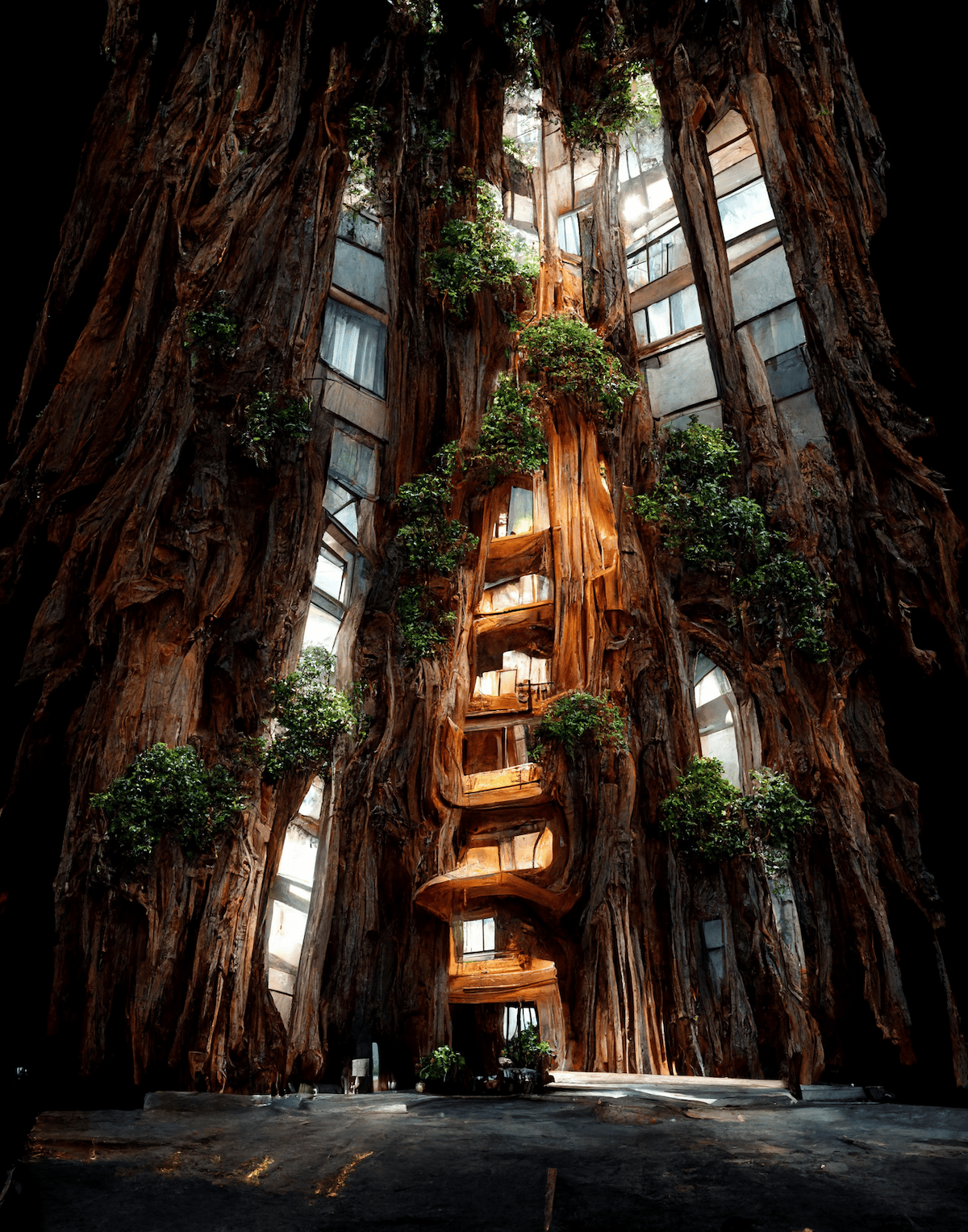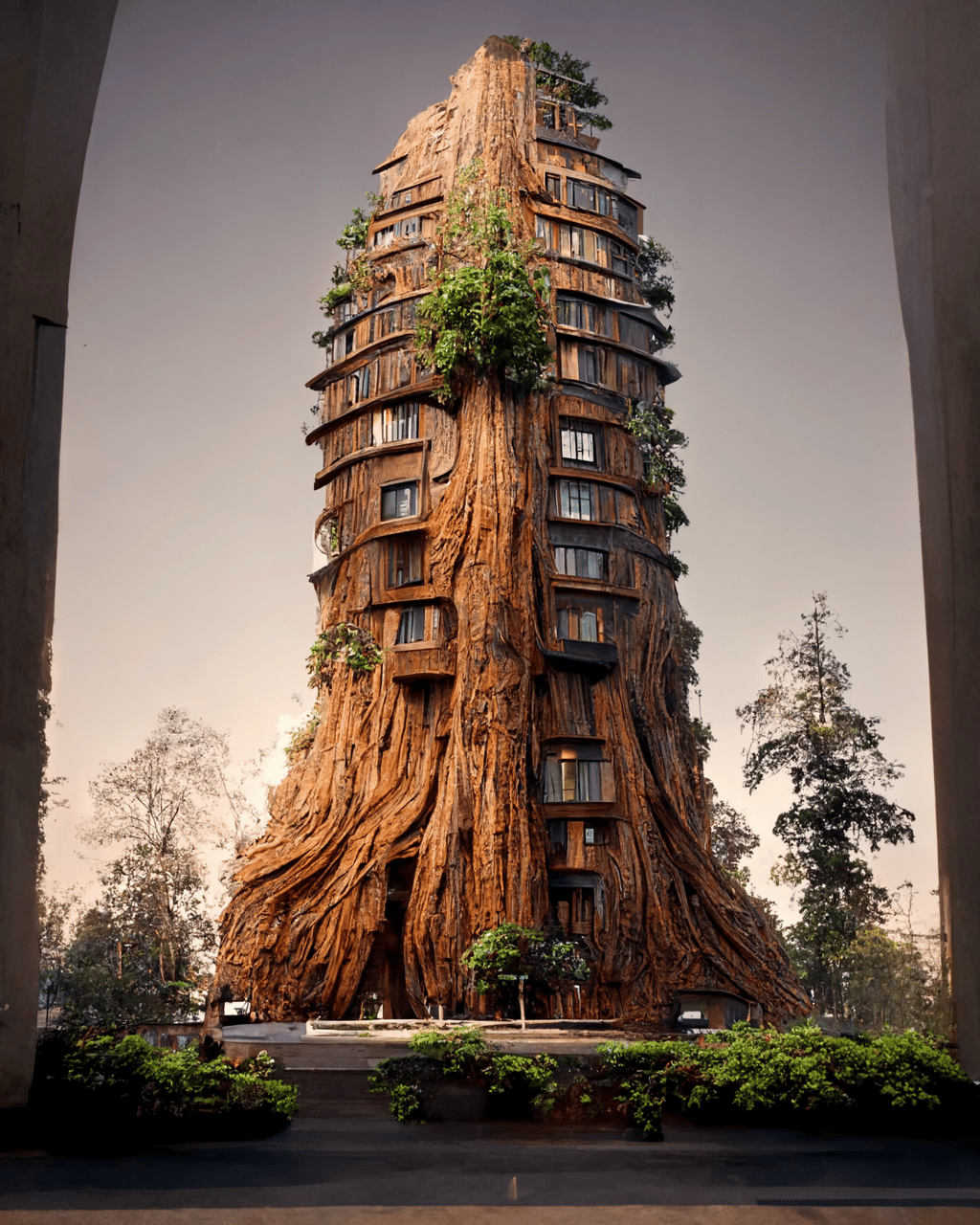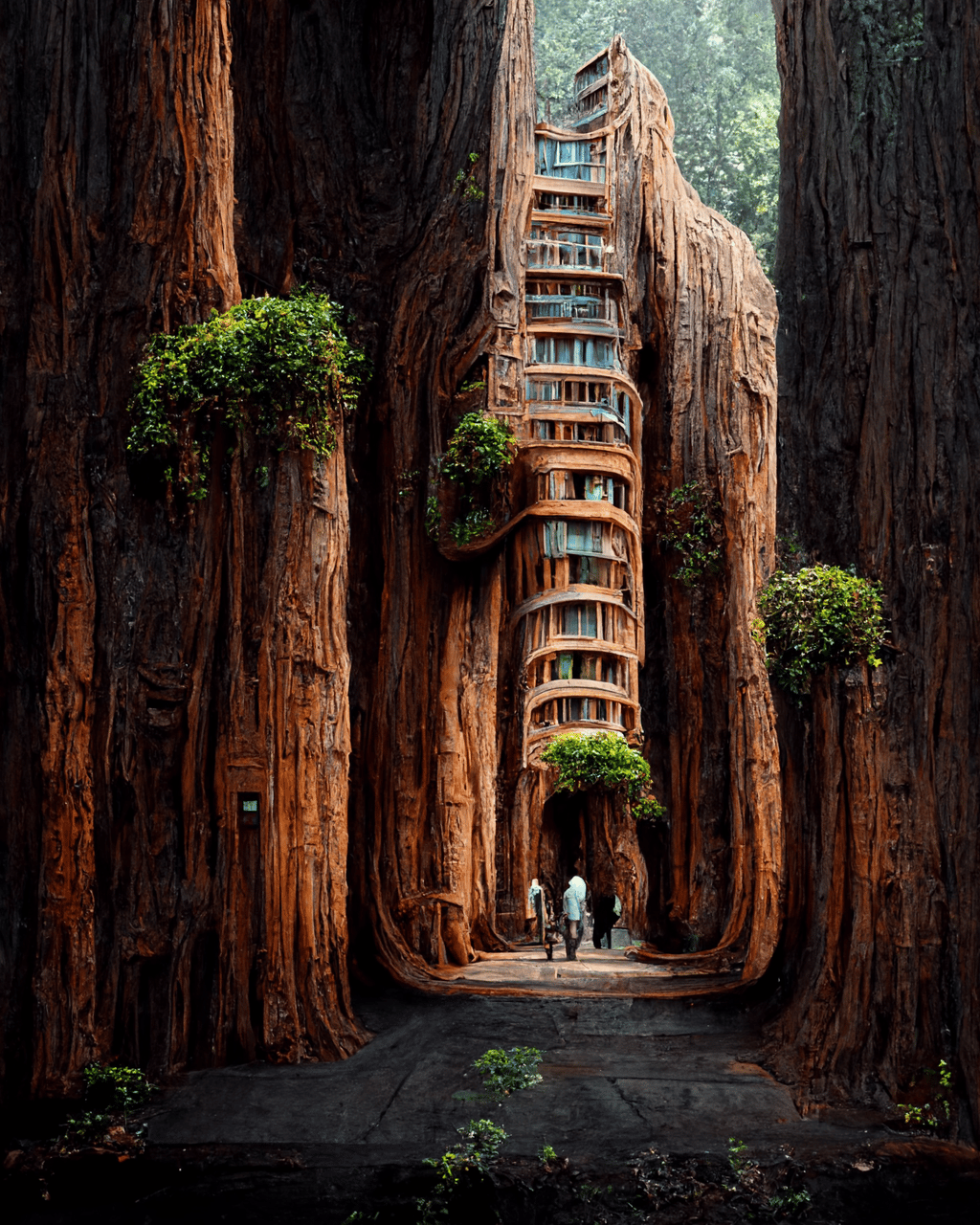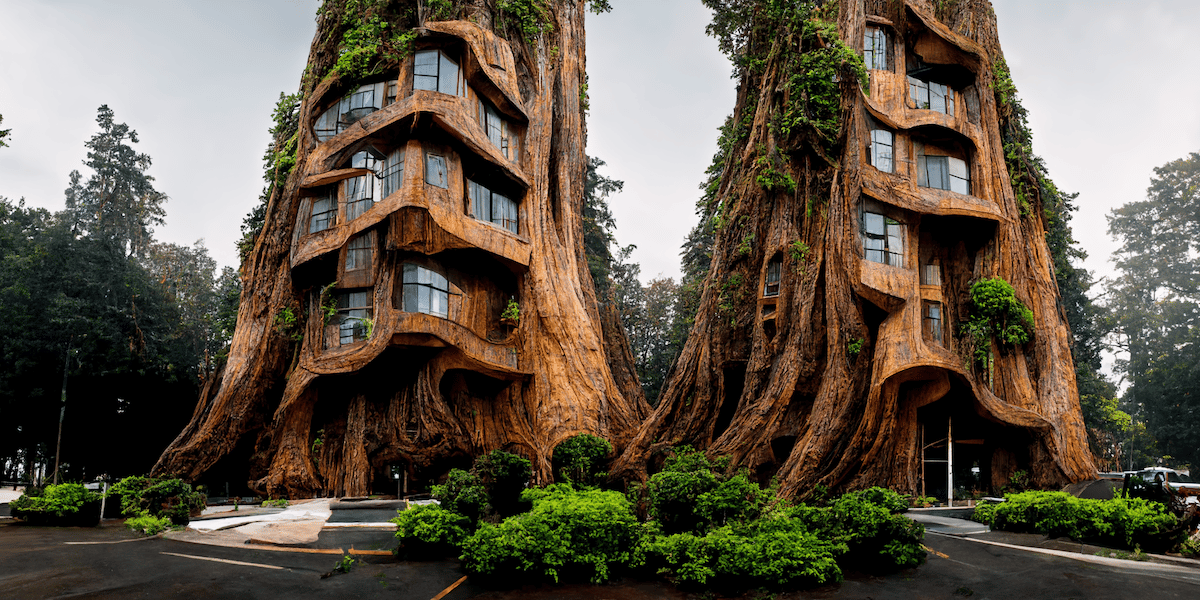
Intrigued by the way that ants and other insects use nature to build their homes, Indian architectural designer Manas Bhatia used artificial intelligence (AI) to explore what would happen if humans created houses that could grow and breathe. The result is a series of architectural concepts called Symbiotic Architecture, where homes stretch into the sky and natural patterns drive the design.
Bhatia took some of the most pleasant human interactions with nature, like reading a newspaper under a tree or observing colorful leaves in the park, and used them to develop a utopian future. In Bhatia’s vision, buildings aren’t formed from manmade concrete and steel, but rather, are living forms that grow. He likens the work to a hollowed-out Hyperion tree filled with apartments and a central atrium that is flooded with light.
Using Midjourney to give a visual to his concept, he typed in prompts like “giant,” ”hollowed,” ”tree,” “stairs,” “facade,” and ”plants.” He even asked the program more conceptual questions like “Can structures grow?” and “Can the envelope in which we live breathe as creatures do?” From there, he went through several iterations and refined his prompts until arriving at imagery he was satisfied with. His ability to do all this in a relatively short time is part of what Bhatia finds useful about AI.
“Even before sketching something or putting anything to paper, a designer or artist comes up with an idea or thought,” Bhatia tells My Modern Met. “With AI we can directly convert that thought or idea into a tangible outcome. That certainly solves the problem of ‘thought-to-execution’ delay experienced by many creatives.”
Bhatia’s Symbiotic Architecture presents a sort of fairy tale that many people would be happy to live in. The buildings are, in some ways, adult treehouses where the natural world is at the forefront. In using AI technology as a tool, Bhatia was able to push the boundaries of his creativity and share the results with the world so that we join him in this fantasy world.
Inspired by the concept of buildings that grow, architectural designer Manas Bhatia used AI technology to bring his idea to life.

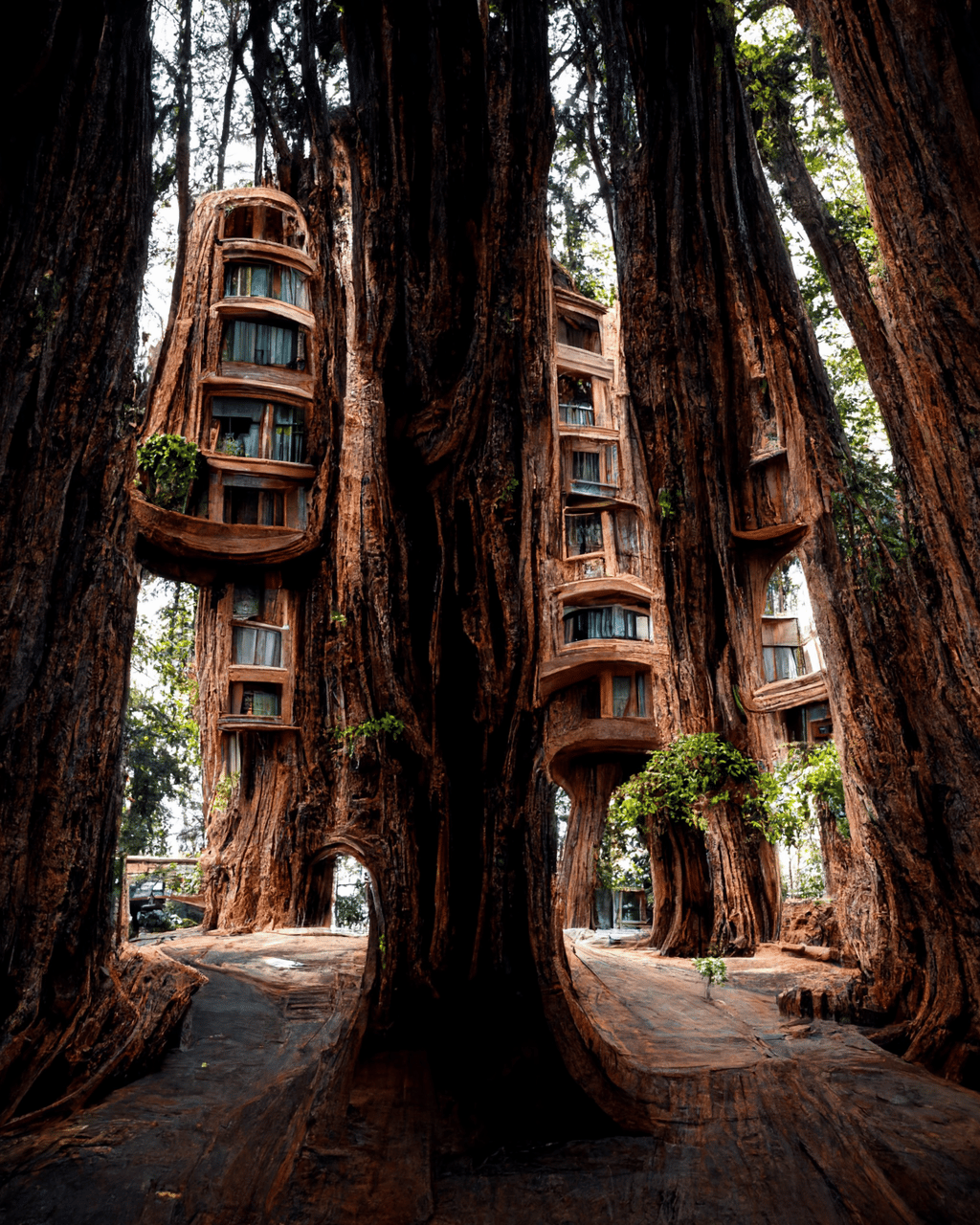

Symbiotic Architecture is a series of images resulting from his conceptual inquiries and visual prompts.
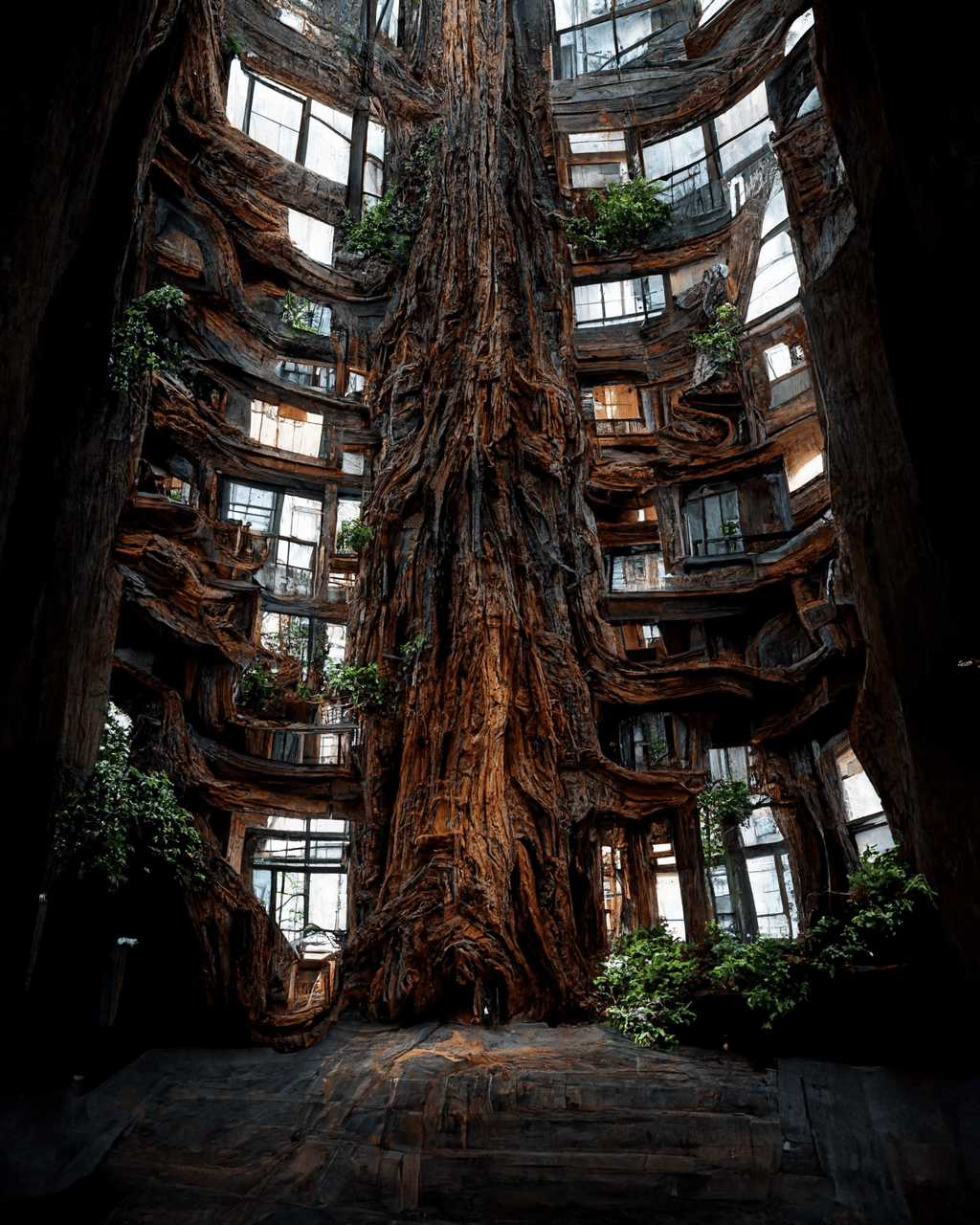


For him, AI is a useful way to give a quick visual to an idea.
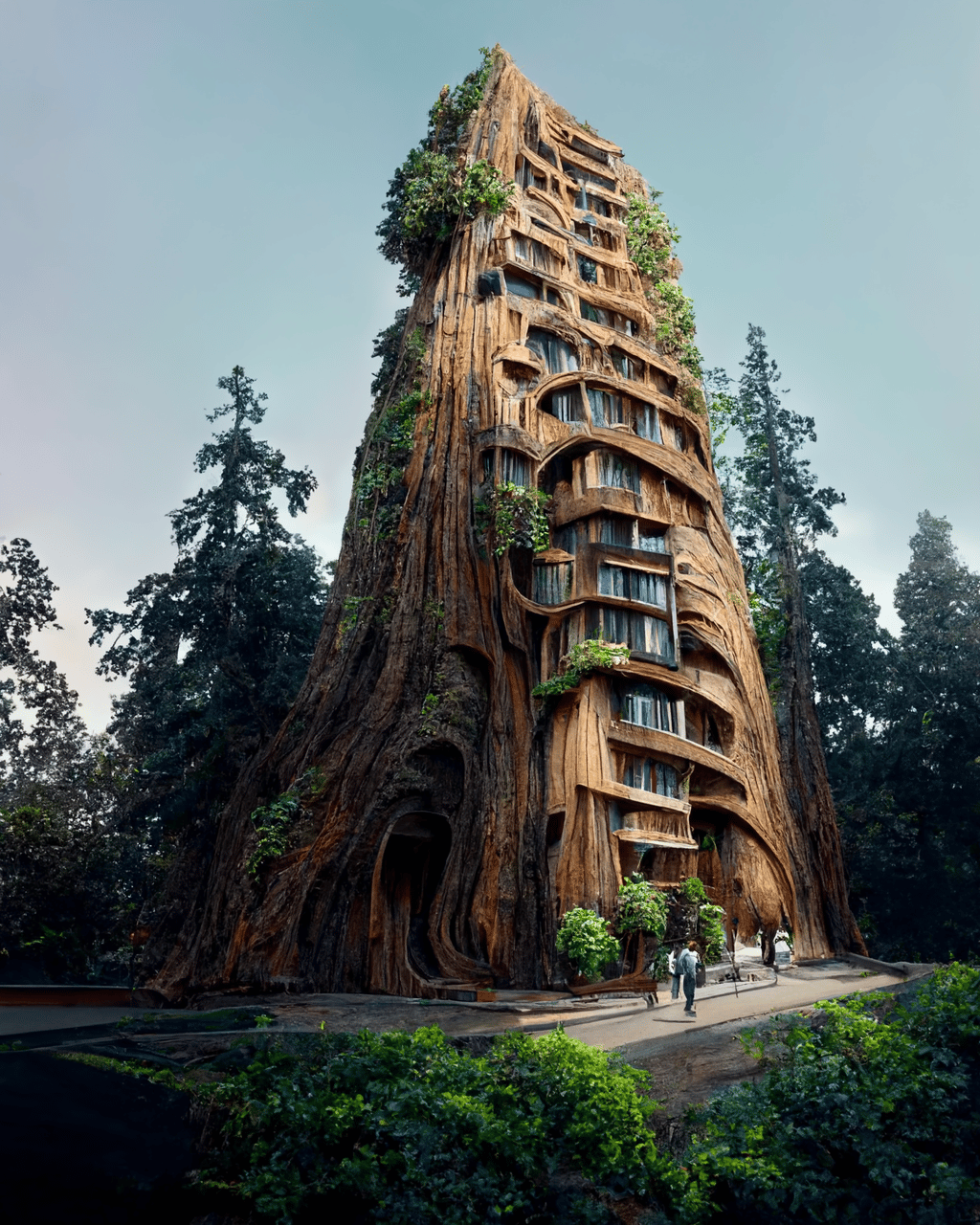
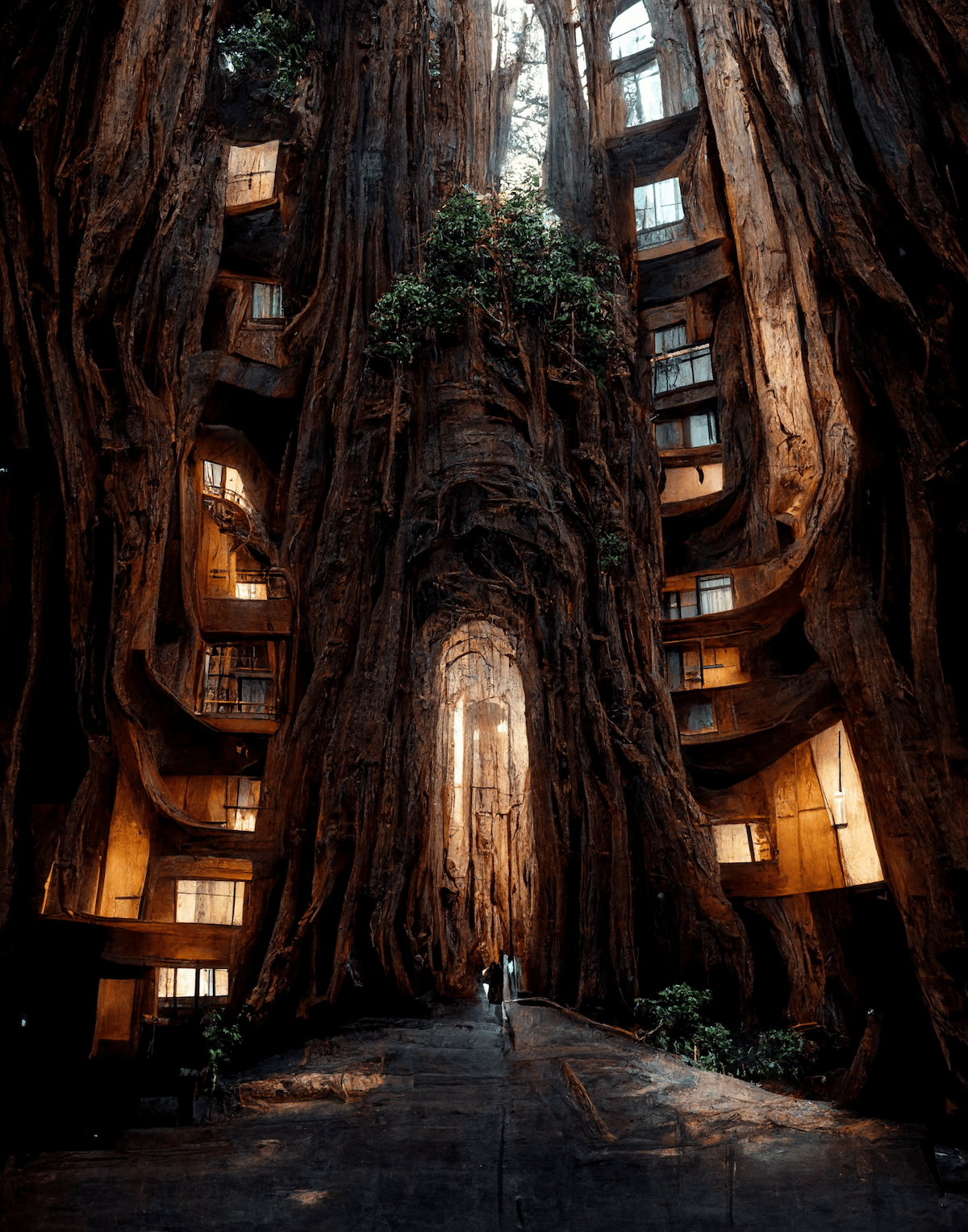

In this case, Bhatia was even able to create AI “drawings” of this future utopia.
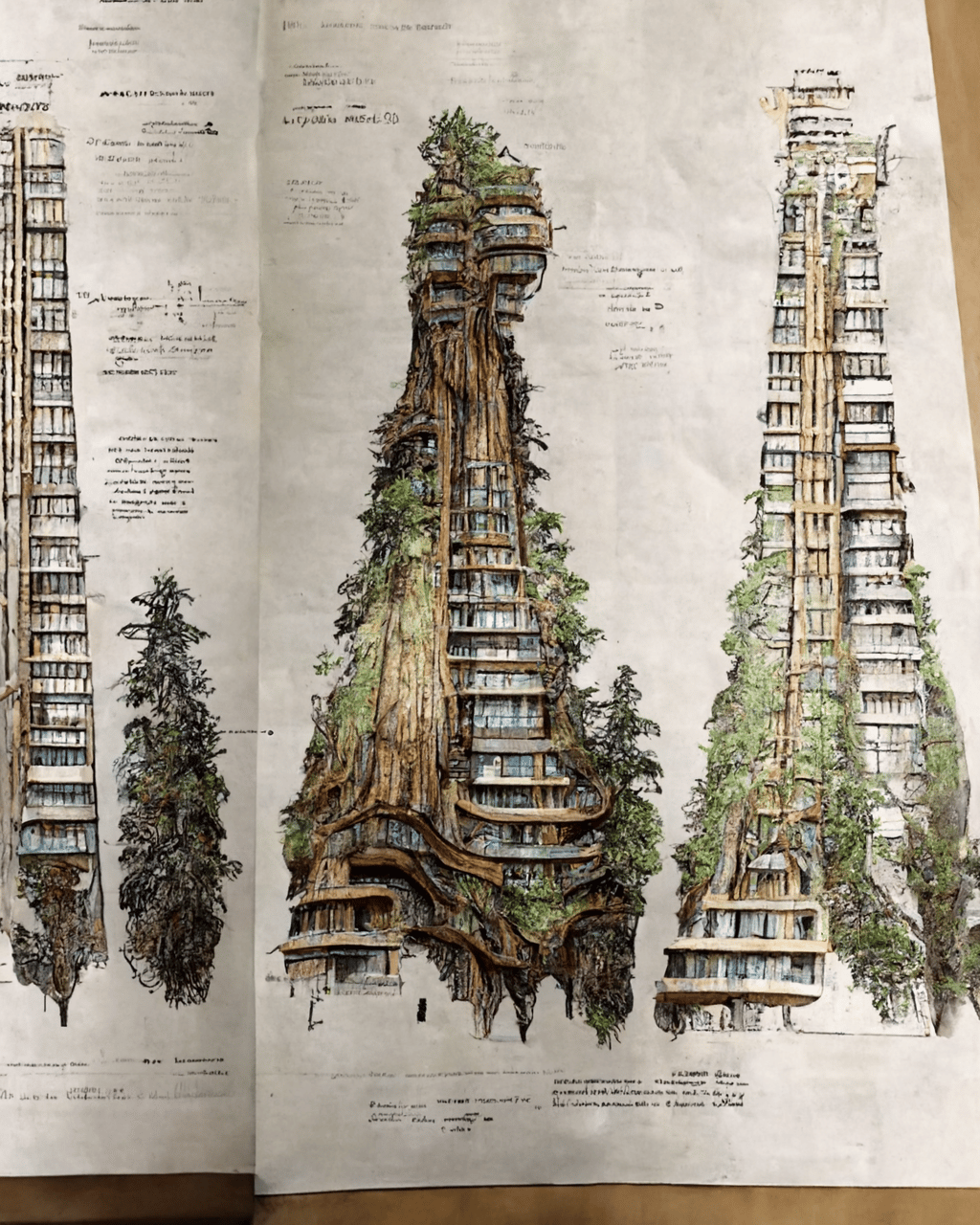
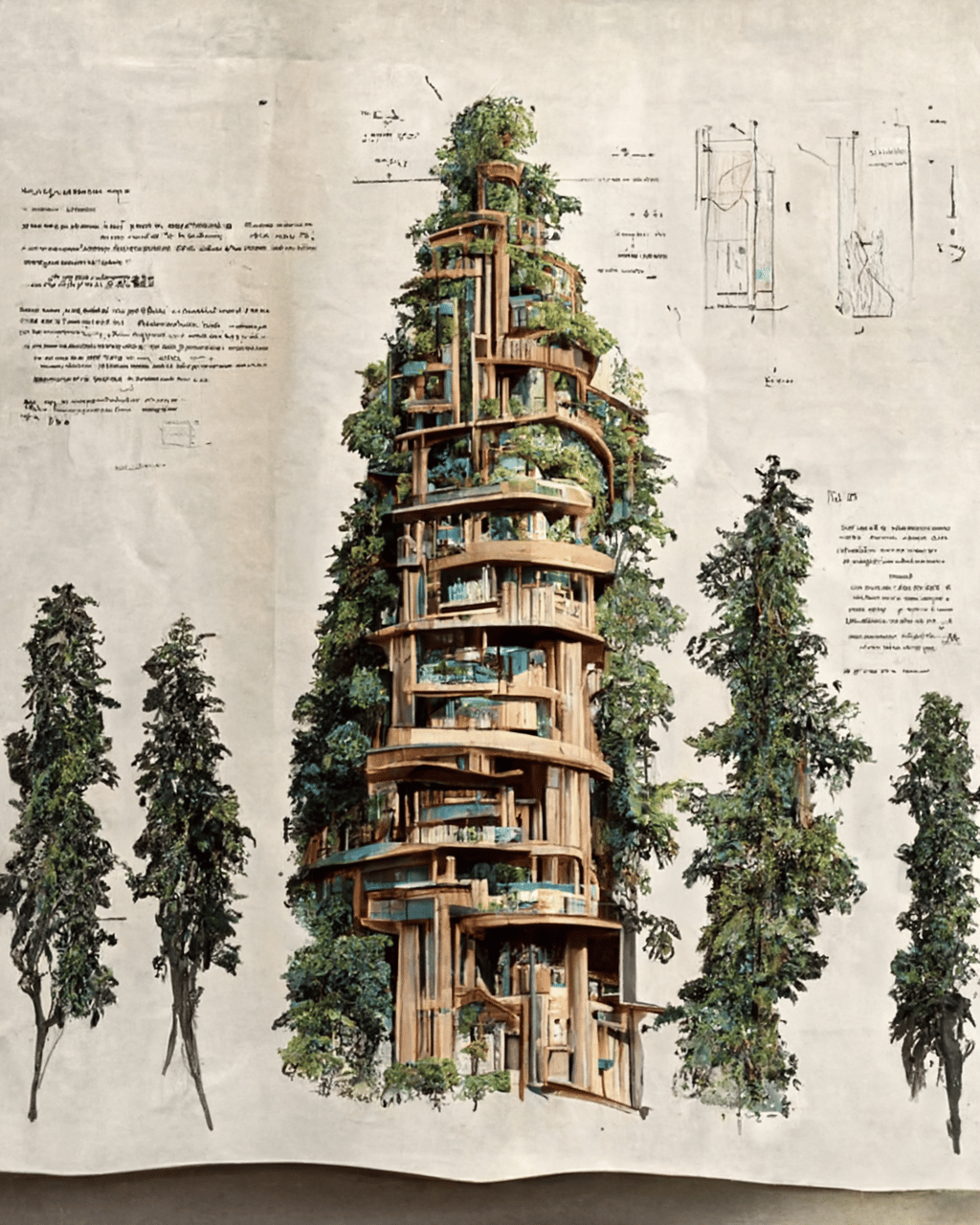
“I hope creative professionals realize how much potential AI has in their domains and that they can harness the power of technology to push their boundaries.”
